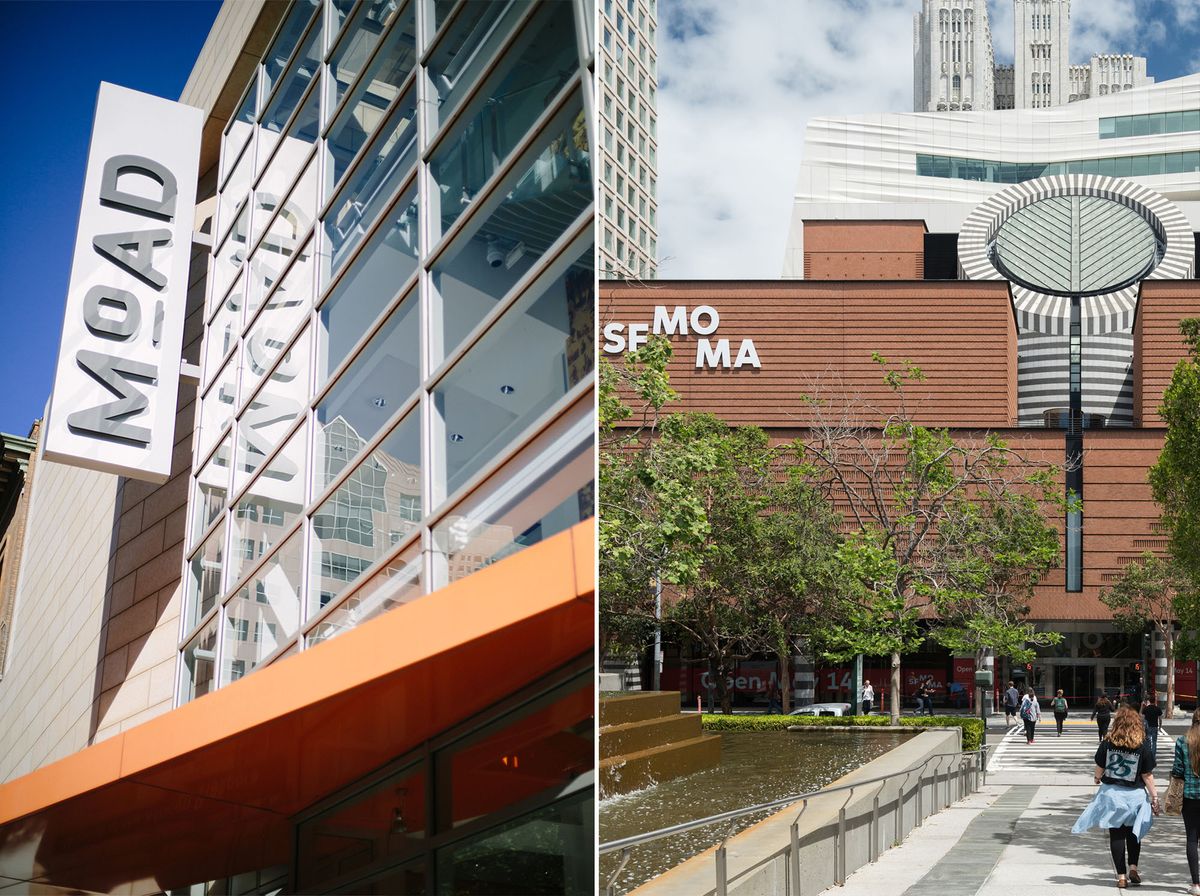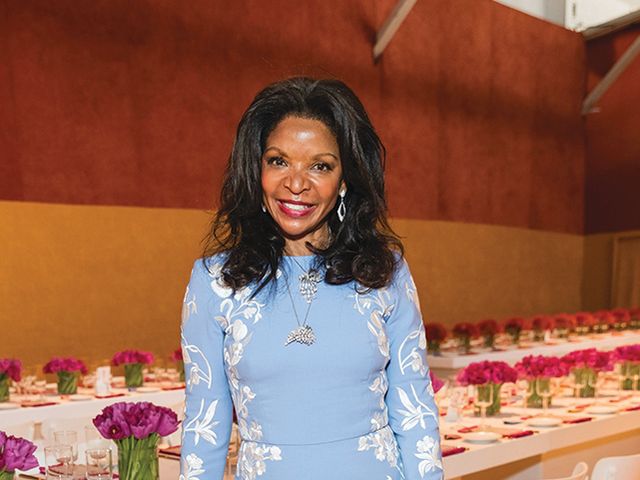The San Francisco Museum of Modern Art (SFMoMA) and its close neighbour, the Museum of the African Diaspora (MoAD), are launching a joint curatorial position to generate exhibitions and programmes bridging the two institutions. With the title Assistant Curator of the Art of the African Diaspora, to rotate every three years, the job is designed to offer more opportunities to Black curators early in their careers and provide substantive experience to help advance them to the ranks of museum leaders.
Last year’s edition of the “Art Museum Staff Demographic Survey”, funded by the Mellon Foundation, revealed people of colour hold only 27% of intellectual leadership positions, just 4% higher than Mellon's 2018 survey. The resurgence of the Black Lives Matter movement in 2020 shone a glaring light on systemic racial inequities across museums nationwide—and precipitated the resignation of SFMoMA's longtime senior curator Gary Garrels for inflammatory comments in 2020.
The new partnership is the initiative of Monetta White, executive director and chief executive of MoAD since 2020, and Christopher Bedford, who took the helm at SFMoMA last June and began exploring ways they could work together. The two institutions collaborated just once before, on the 2015 exhibition Portraits and Other Likenesses, hosted at MoAD while SFMOMA was closed during its $305m renovation and expansion.
“Chris and I share a deep commitment to increasing the visibility of under-recognised artists and voices in the museum world,” says White, and “how we can create meaningful change in the museum field”.
The two San Francisco directors benefited from the advice of Studio Museum in Harlem director and chief curator Thelma Golden, who recommended structuring a new position at the junior level and using it “as a very intentional feeder system”, says Bedford.The Studio Museum has long been a training ground for curators of colour who have risen in the museum world, including Naomi Beckwith, now deputy director and chief curator at the Guggenheim Museum, and Lauren Haynes, director of curatorial affairs and programmes at the Queens Museum since last year.
In his previous role as director of the Baltimore Museum of Art, Bedford had been at the forefront of increased efforts across museums to diversify collections, exhibitions, staff and audiences. He credits the artist Mark Bradford with underscoring the potential of collaboration with historically Black institutions largely left out of the conversation. “Mark pointed out that the reckoning that activists are calling for historically white-centred institutions to do going forward could be achieved by developing mutually beneficial partnerships with existing organisations already doing the good work,” says Bedford.
SFMoMA, which has an operating budget of more than $56m in contrast to MoAD's $5m, will fully fund the salary of the new assistant curator who will work with the curatorial teams at both institutions and steward acquisitions of work by Black artists for SFMoMA (MoAD is non-collecting). The inaugural hire, expected to be announced by summer, will develop projects straddling both museums simultaneously and intended to drive some of SFMoMA’s strong foot traffic toward MoAD with a shared ticketing process.
“The hope is that this partnership gets folks that have never been to MoAD to come,” says White, comparing her institution’s annual attendance of 40,000 to SFMoMA’s projected number of 575,000. In turn, MoAD’s close ties to African diaspora communities will help bolster SFMoMA’s ambitions to tell more expansive stories.
“A singularly focused museum like MoAD has that expertise and SFMoMA just doesn't have that same depth of knowledge and experience in the field,” says Pamela Joyner, a trustee at SFMoMA and collector focused on African American art. “The heft of SFMoMA brings an elbow grease. It has always made sense to pool resources, not replicate them.”
Bedford says “the difference in focus, difference in history and difference in scale is exactly what makesthe partnership compelling”.
Joyner believes this new collaborative model could be replicated in many cities. “Hopefully this team will wind up writing the playbook for that,” she says.
Last week, the Philadelphia Museum of Art announced the creation of a new centre devoted to the study, care, display and acquisition of art from the African diaspora and Africa.



